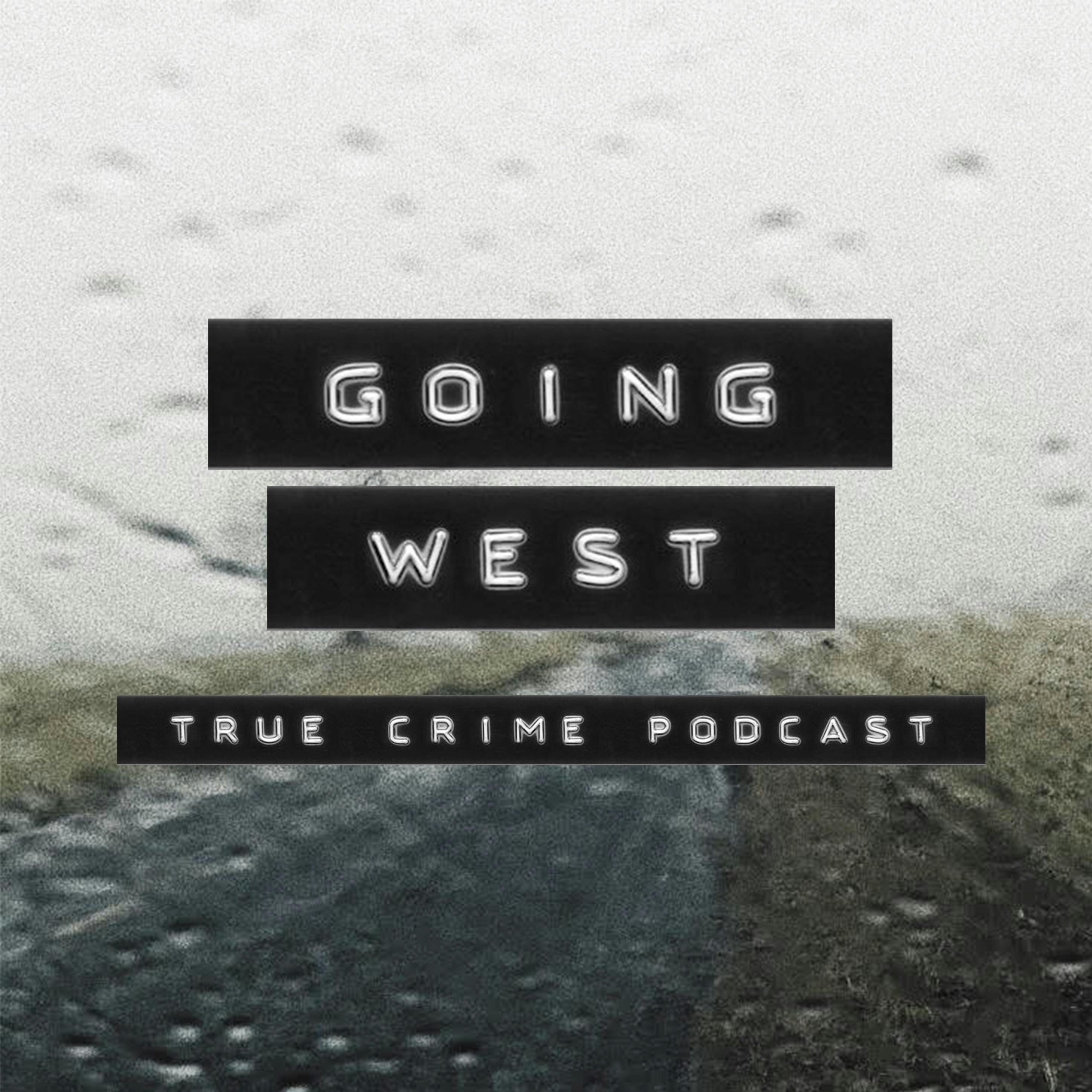
Key Insights
Why did Sonya Ivanoff move to Nome, Alaska?
Sonya moved to Nome to work and save money for her planned move to Hawaii, seeking a change from the cold weather.
What was the significance of the mismatched tires found at the crime scene?
The mismatched tires suggested the vehicle used had three matching tires and one different one, which later aligned with a suspect's vehicle but ultimately did not match.
Why was Kunik initially suspected in Sonya's murder?
Kunik was suspected due to his proximity to Sonya, a pair of bloody sneakers found at his home, and a blue truck with mismatched tires similar to those at the crime scene.
How did the discovery of Sonya's ID card in the stolen police vehicle impact the investigation?
The discovery of Sonya's ID card, along with a letter seemingly from a cop-hater, led investigators to suspect that a police officer was involved, narrowing the suspects to two officers on duty that night.
What evidence ultimately led to Matthew Owens' conviction for Sonya's murder?
Evidence included burned fragments of Sonya's clothes found in a fire pit, a key that fit Sonya's home lock, and a bullet from a gun with similar rifling to a Jennings .22 pistol accessible to Owens.
Why was the mistrial declared in the first trial against Matthew Owens?
The mistrial was declared because the Nome jury could not reach a unanimous verdict due to the lack of DNA evidence, despite other compelling evidence against Owens.
What societal issue does Sonya's case highlight regarding Indigenous women?
Sonya's case highlights the higher rates of murder, rape, and violent crime against Native American and Alaskan Native women, which are often underreported and under-documented.
What impact did Sonya Ivanoff's murder have on legislation?
Sonya's murder led to the Sonia Ivanoff bill, which mandates a maximum sentence for first-degree murder to any officer who murders someone while on duty.
Chapters
- Sonya Ivanoff was found shot to death in a gravel pit.
- Her nude body was discovered by an abandoned gold mine.
- An unexpected suspect emerged quickly in the investigation.
Shownotes Transcript
In the early night hours of August 11, 2003, a 19-year-old Indigenous woman set off on a walk through the rain alone after spending time with friends in her home of Nome, Alaska. But when her roommate noticed her absence the following morning, she reported her missing. And just a day after doing so, her nude body was found shot to death in a gravel pit by an abandoned gold mine. As police put the puzzle pieces together, an unexpected suspect emerged - and fast. This is the story of Sonya Ivanoff.
Learn more about your ad choices. Visit podcastchoices.com/adchoices)